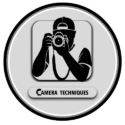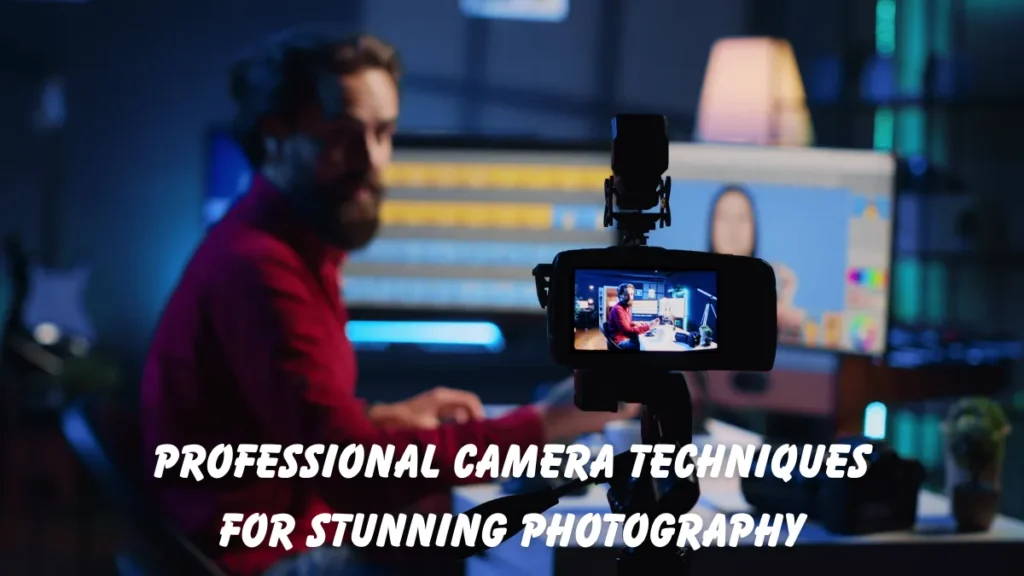Professional camera techniques are the key to capturing high-quality and visually appealing photographs. Whether you are a beginner eager to improve your skills or an experienced photographer aiming for perfection, mastering these techniques can transform your images from ordinary to extraordinary. Understanding light, angles, composition, and camera settings will give you full creative control over your shots.
Why Professional Camera Techniques Matter
Photography is more than just pressing the shutter button. It’s about telling a story through your images. Professional camera techniques help you:
- Achieve sharp, well-lit, and balanced photos
- Enhance colors and depth
- Capture emotions and details that make your work stand out
With the right methods, you can shoot confidently in any environment—whether it’s a wedding, landscape, portrait, or product photography.
Also read: Camera Techniques: A Complete Guide for Beginners and Enthusiasts
Mastering Camera Settings
To use professional camera techniques effectively, you must understand the basic camera settings:
- Aperture (f-stop) – Controls the depth of field, letting you blur the background or keep everything in focus.
- Shutter Speed – Freezes fast motion or creates motion blur for artistic effect.
- ISO – Adjusts the camera’s sensitivity to light, useful in low-light situations.
By balancing these three elements, you can capture perfectly exposed images in different lighting conditions.
Using Light Creatively
Light is the heart of photography. Professionals use natural light, artificial light, and reflectors to shape the mood of a photo. Shooting during the golden hour (shortly after sunrise or before sunset) often results in warm and soft tones, while mid-day sunlight creates stronger contrasts.
Also read: Best Camera Techniques for Beginners – Easy Guide
Composition Techniques
A well-composed photograph instantly grabs attention. Apply these professional camera techniques for better composition:
- Rule of Thirds – Place the subject along the imaginary gridlines for balanced visuals.
- Leading Lines – Use roads, rivers, or fences to guide the viewer’s eye.
- Framing – Use natural elements like windows, arches, or foliage to frame your subject.
Experimenting with Perspectives
Changing your shooting angle can completely transform a photo. Try low-angle shots to make subjects look powerful, or overhead shots for a unique viewpoint. Experimenting helps you find fresh, creative results.
Practice and Patience
Even the best photographers were once beginners. Regular practice, reviewing your work, and learning from mistakes will improve your skills over time. Combine technical knowledge with creativity to develop your own unique style.
Final Thoughts
Mastering professional camera techniques is not about owning the most expensive gear—it’s about understanding how to use your camera effectively. With the right mix of technical skill and creativity, you can consistently produce photos that capture attention and tell a compelling story.

